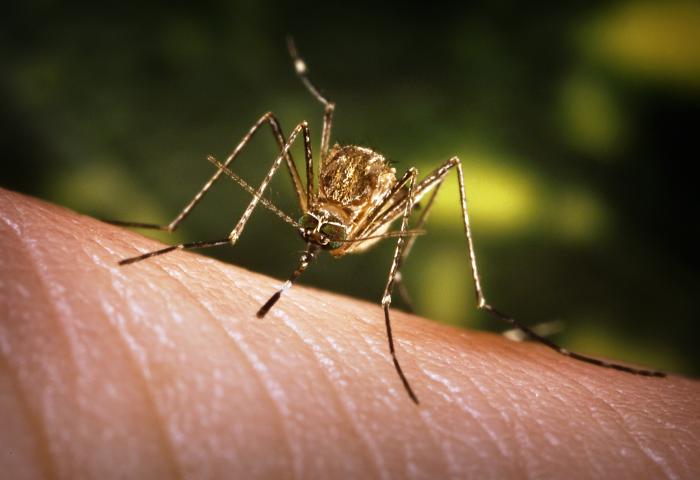With so much attention being focused on Zika virus this year in the US, some may have forgotten about the problems we face annually with a different mosquito borne virus, West Nile virus (WNV).

With thousands of cases reported nearly every year since it first raised it’s ugly head in New York City in 1999, and Alaska being the only state immune from human infections to date, through last year we’ve had some 43,937 cases and 1,911 deaths have been reported.
Now the numbers are starting to mount once again in 2016 as the total cases hover around 100.
Texas, who reported more than 1800 WNV cases in 2012, has seen a couple dozen cases to date, leading the nation early on, accounting for more than a quarter of cases. Other states reporting WNV in double digits include Arizona, California and South Dakota.
In fact, South Dakota, which has seen 19 cases through Jul 28 prompting state epidemiologist Dr. Lon Kightlinger to say last week, “We are seeing a higher than normal number of mosquitoes test positive for West Nile this year and the number of human cases so far is already above our 10-year average.”
This week we also saw the first WNV-related fatality in a elderly Sacramento County, CA resident.
California Department of Public Health (CDPH) Director and State Health Officer Dr. Karen Smith made the announcement Friday saying, “West Nile virus can cause a deadly infection in humans, and the elderly are particularly susceptible, as this unfortunate fatality illustrates. West Nile virus activity in the state is increasing, so I urge Californians to take every possible precaution to protect themselves against mosquito bites.”
As many as 80 percent of people who contract the virus will have no symptoms at all. Almost all others will have West Nile fever with symptoms like headache, fever, muscle and joint aches, nausea and fatigue. A very small minority will develop West Nile neuroinvasive disease, a life threatening illness that can cause neck stiffness, stupor, disorientation, coma, tremors, convulsions, muscle weakness and paralysis.
Related:
- Myanmar outbreak mystery solved: Measles behind deaths of 30 plus people in remote north
- Honolulu: Another food service worker tests positive for hepatitis A in Oahu, this one at Tamashiro Market
- Zika vaccines, microcephaly and a dash of politics: An interview with Virologist, Dr Vincent Racaniello

